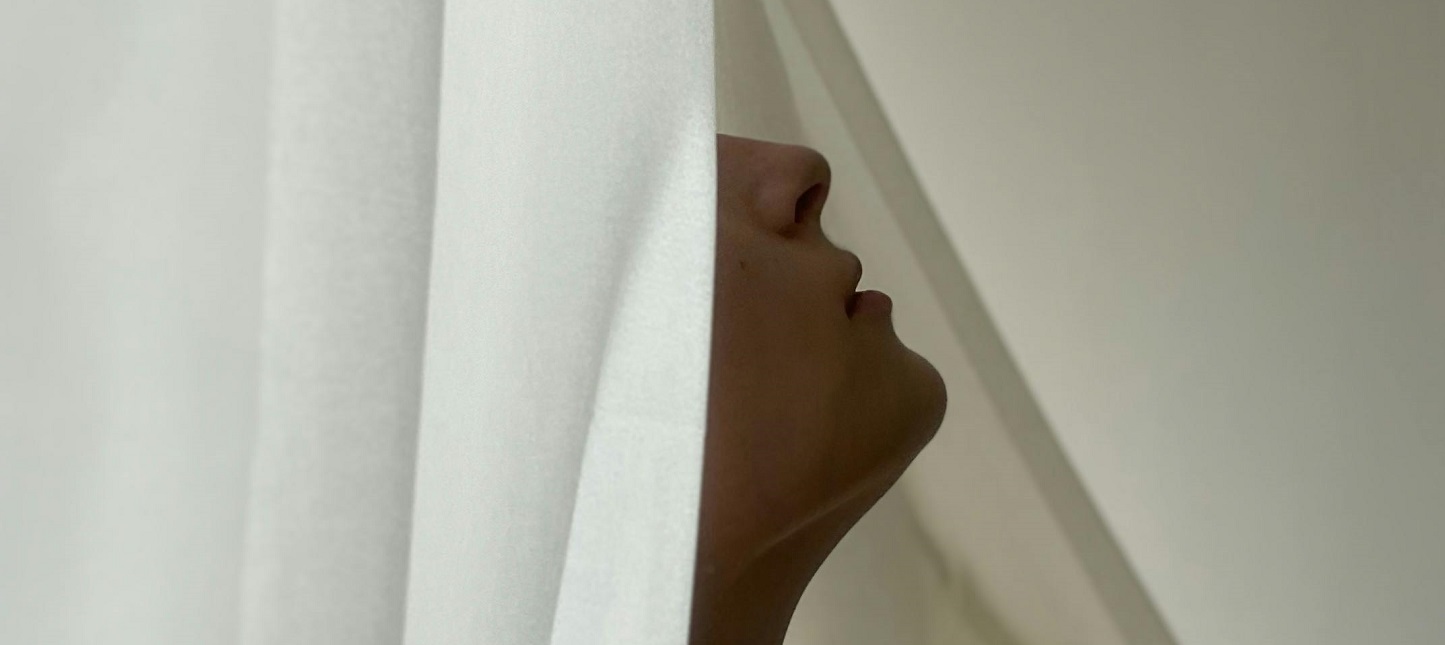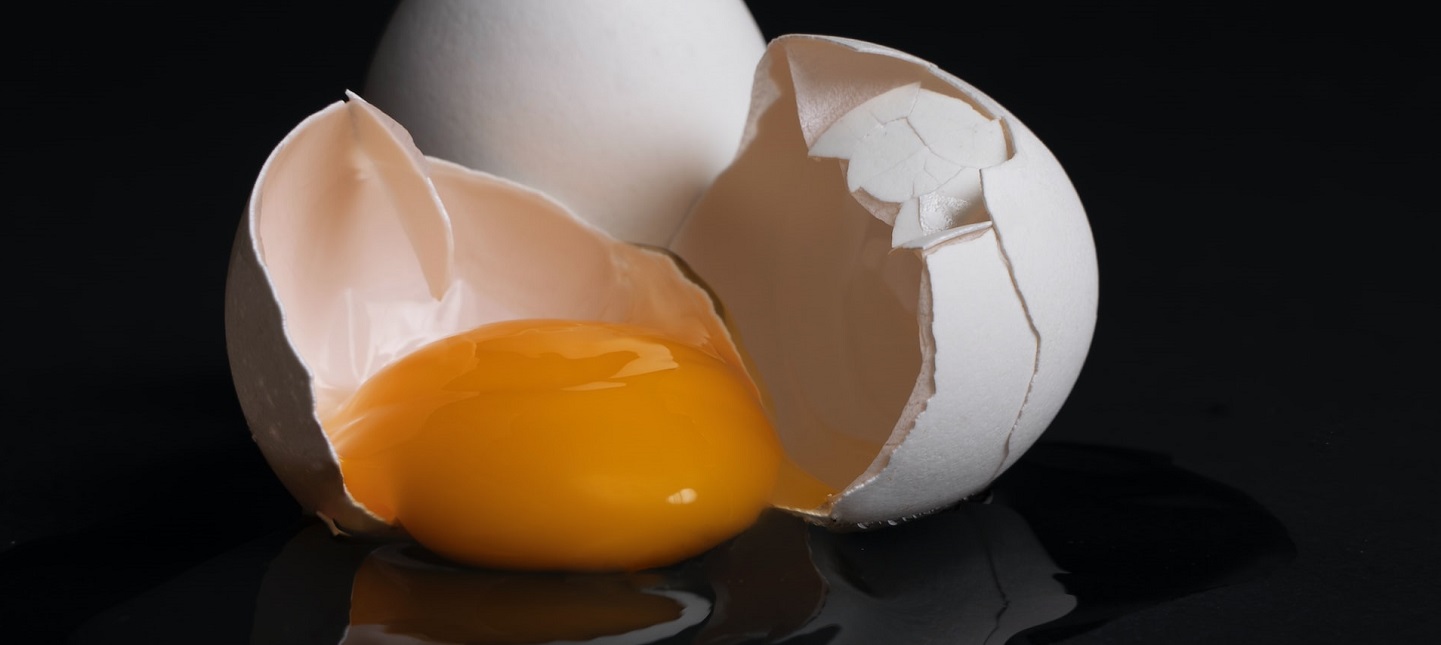Tag: gender
-

All Quiet on the Safety Front: About the Invisibility of Safety Work
in
Most players and some organizers might not know what the experiences before, during and after a larp are like for safety people.
-

Beyond Cracking Eggs
in
Larp made me trans; what next? A conversation between four larpers whose eggs cracked a long time ago.
-

Vedergällningen, the Vengeance: a Viking Horror Larp
Vedergällningen was a Viking horror larp in Sweden focusing on the relationships between humans, their community, and their gods.
-

Larp Tools: Pronoun Markers and Correction Mechanics
in
In role-play, players and their characters do not always use the same pronouns. Some players use role-play to explore personal questions of gender identity, using the alibi of the character to give them a chance to try on a new identity and experience being known, seen, and referred to as that gender. Others are simply
